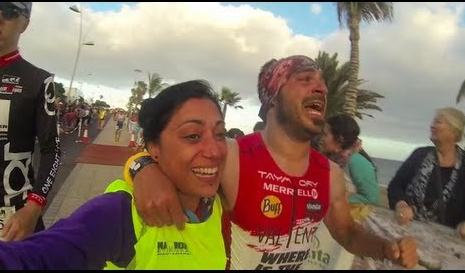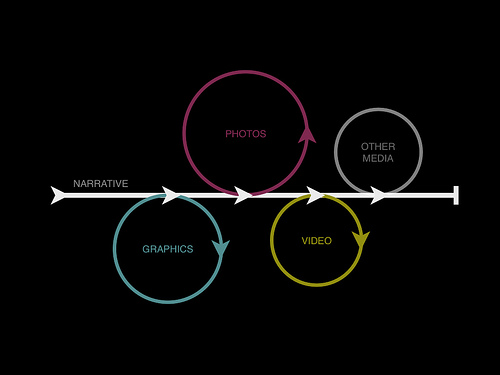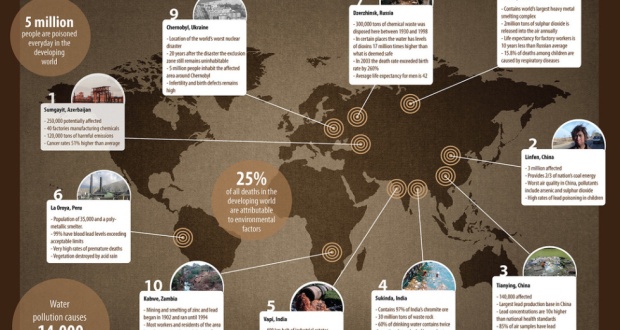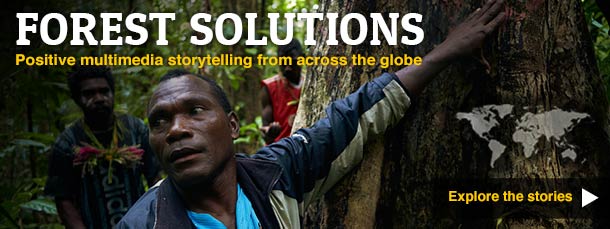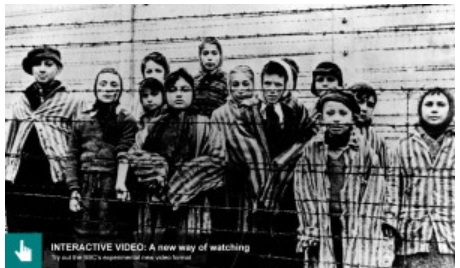 On Thursday afternoon a guest speaker lead a discussion in Journalism 2.0. His name was Valení San Juan. We had conducted some research before he arrived, watched his videos, heard stories about his fearless escapades from our professor (Pipo Serrano), but nothing could have prepared us when we actually met Mr. San Juan. Valentí San Juan walked into our classroom, pointed a camera at us, after asking permission, and began his discussion with our class asking us what his job title was, or what exactly he did for a living. I was immidiately intrigued. Blogger? Adventure Specialist? Journalist? T.V personality? I too, along with the rest of the class was stumped. I’d watched his videos, I knew what his work very well, but I couldn’t quite place my finger on what exactly it would be called.
On Thursday afternoon a guest speaker lead a discussion in Journalism 2.0. His name was Valení San Juan. We had conducted some research before he arrived, watched his videos, heard stories about his fearless escapades from our professor (Pipo Serrano), but nothing could have prepared us when we actually met Mr. San Juan. Valentí San Juan walked into our classroom, pointed a camera at us, after asking permission, and began his discussion with our class asking us what his job title was, or what exactly he did for a living. I was immidiately intrigued. Blogger? Adventure Specialist? Journalist? T.V personality? I too, along with the rest of the class was stumped. I’d watched his videos, I knew what his work very well, but I couldn’t quite place my finger on what exactly it would be called.
Surprisingly, Google isn’t very helpful with this question either. When you look up Valentí you can see his repitiore of various videos and segments on “Visto Lo Visto (VLV), or his television show “Etiquetats” but nothing really tells you specifically what he does, or more importantly, what it took to get him there.
Valenti’s road to success was not a conventional one, nor was it easy. Some may think because he gets to pretty much work on his own schedule, and do “whatever he wants”, people may think he lives the dream life. And while that may all be true, he had to work much harder than one would imagine. There was a long journey, with many obstacles that lead to his current success. Starting off as a broadcast journalist on Catalunya Ràdio, to many cases of trial and error sampling multiple demographics and other various combinations of audiences, topics, and coworkers, to working alone, to spreading his talent worldwide using just his camera, Valenti’s career path is unlike any one else’s. Sanjuan has a total of four Youtube channels – vistolovistoTV with 135,956 subscribers, ETIQUETAGS with 10,660 subscribers, ValentiEstaLoco with 60,590 subscribers, and Mercè Sanjuan with 7,816 subscribers.When you see each of his videos you can see the true genius that is behind them. You can tell the detail that goes into every segment, the hours of film recorded and not used, the demographic tests, the countless sleepless nights that go into being one of the most successful “Youtube-ers” on the Internet.
Using a television-type-format his show looks just like a high quality program on television with a live audience (200 online viewers per month). He has created a new frontier of what one is capable of or what the internet today is capable of. There are so many career paths like Valenti’s that have not yet been discovered. So many people that are too afraid to take the leaps of faith that Valentí did to get to where he is. So many people told him no, as he explained, but he didn’t listen.
Even after his contract wasn’t renewed for Catalunya Ràdio, he persevered. Rather than broadcasting his show on the radio, he streamed it through the Internet, he knew the product had to change in order to attract financial funding. This was Sanjuan’s first step in joining the worlds of radio and television.
He knew his dream, maybe not in a job title or within the bounds of what is considered “acceptable” in society, but he knew what he was meant to do and he went out and did it.
So many people today have dreams outside the realm of doctor, or lawyer, or other more common professions. What a dream it is to be able to create your own brand, be an “adventurer”, to be able to run thousands of miles in honor of your mother, to complete an Iron Man, to fly to New York to do an ad for Turkish Airlines, to do an ad for Coca-Cola.
 To be able to spread your message to so many people, to be your own boss creating your own site, to truly live your own manifested dream, rather than what someone else envisioned for you. And, more than that, to be able to not just settle for one job title. Valenti gets to have at least seven jobs at once and, according to his website, by combining his various projects, Sanjuan has over 7 million YouTube views each month and nearly 3 million followers on his combined social networks.
To be able to spread your message to so many people, to be your own boss creating your own site, to truly live your own manifested dream, rather than what someone else envisioned for you. And, more than that, to be able to not just settle for one job title. Valenti gets to have at least seven jobs at once and, according to his website, by combining his various projects, Sanjuan has over 7 million YouTube views each month and nearly 3 million followers on his combined social networks. With such a wide reach and ability to influence that many people, he is an expert at digital marketing any brand, whether his own or another company’s.This knowledge and experience catalyzed the creation of Sanjuan’s own media agency/production company called Gordon Seen. Gordon Seen marries people like Youtuber’s, Bloggers, Instagrammer’s, with companies who want their content produced. It seems as if his work is limitless, like he can do anything he sets his mind to and encourages others to do so too without fear of failure or rejection.That is purely “a part of the journey”, as he so astutely explained in class. He is a true inspiration and example of how lucky we are to be a part of this generation and what we have access to. So often we use just the minimal amount and don’t understand the true impact we can have or people we can reach with one Youtube post or keeping a video diary. Our adventures, like Sanjuan’s, can motivate and inspire so many other people, we have so much more power than we realize and Valenti is a true leader of that concept.
With such a wide reach and ability to influence that many people, he is an expert at digital marketing any brand, whether his own or another company’s.This knowledge and experience catalyzed the creation of Sanjuan’s own media agency/production company called Gordon Seen. Gordon Seen marries people like Youtuber’s, Bloggers, Instagrammer’s, with companies who want their content produced. It seems as if his work is limitless, like he can do anything he sets his mind to and encourages others to do so too without fear of failure or rejection.That is purely “a part of the journey”, as he so astutely explained in class. He is a true inspiration and example of how lucky we are to be a part of this generation and what we have access to. So often we use just the minimal amount and don’t understand the true impact we can have or people we can reach with one Youtube post or keeping a video diary. Our adventures, like Sanjuan’s, can motivate and inspire so many other people, we have so much more power than we realize and Valenti is a true leader of that concept.
